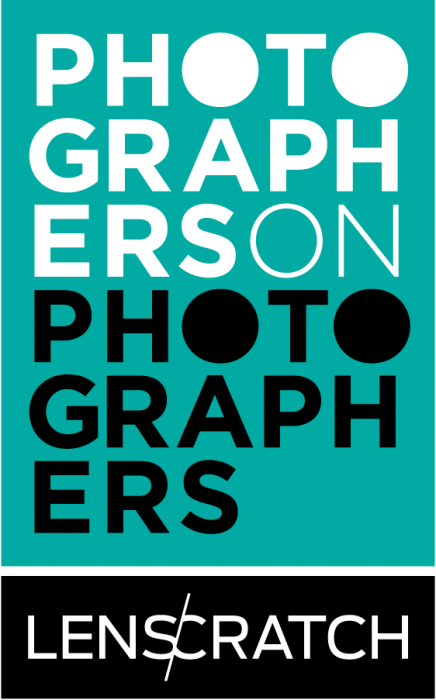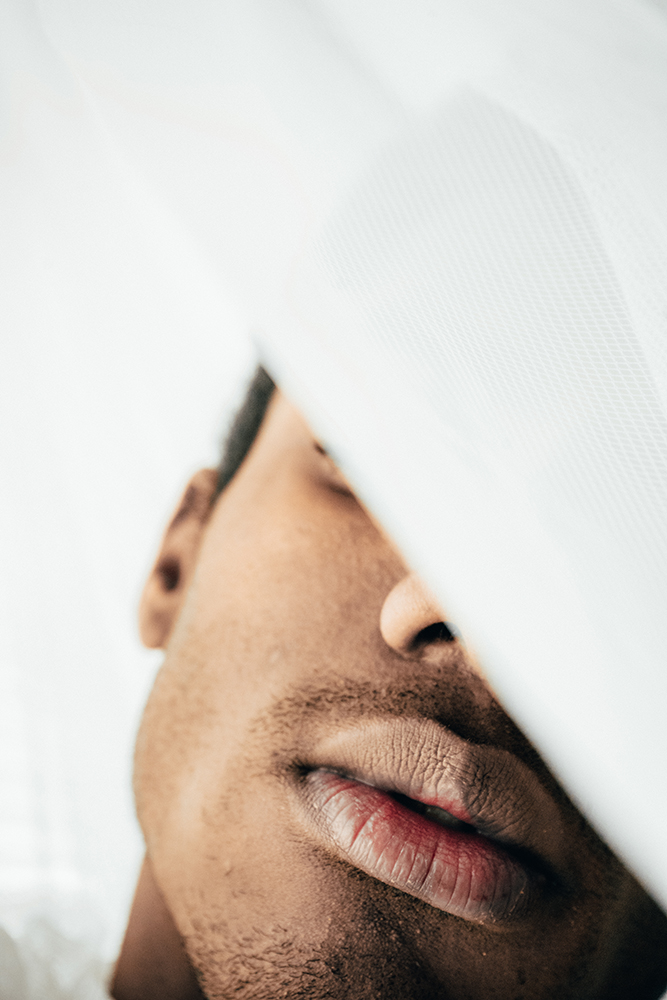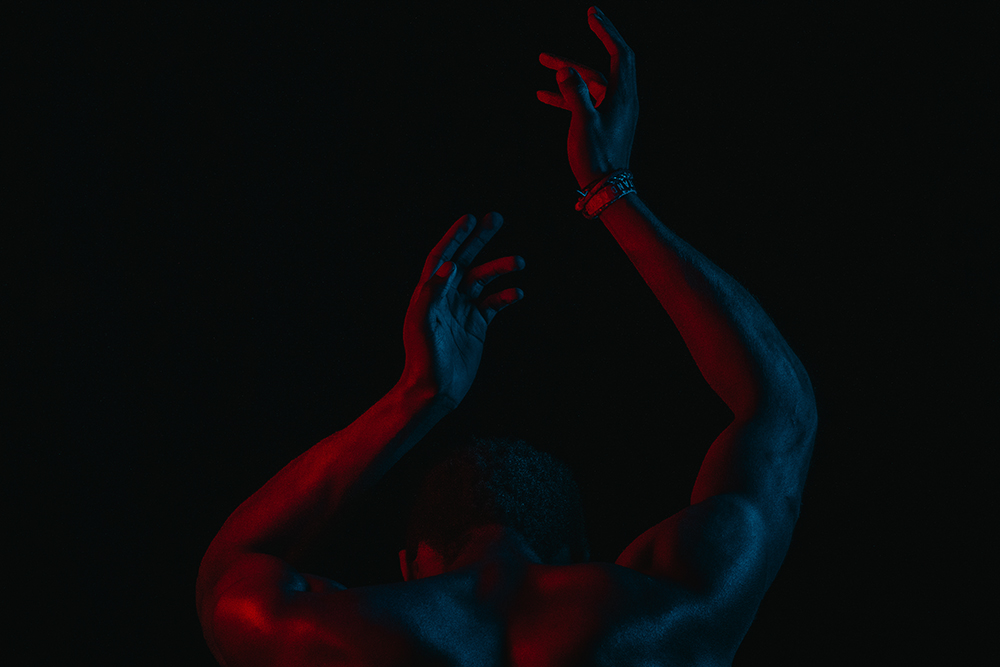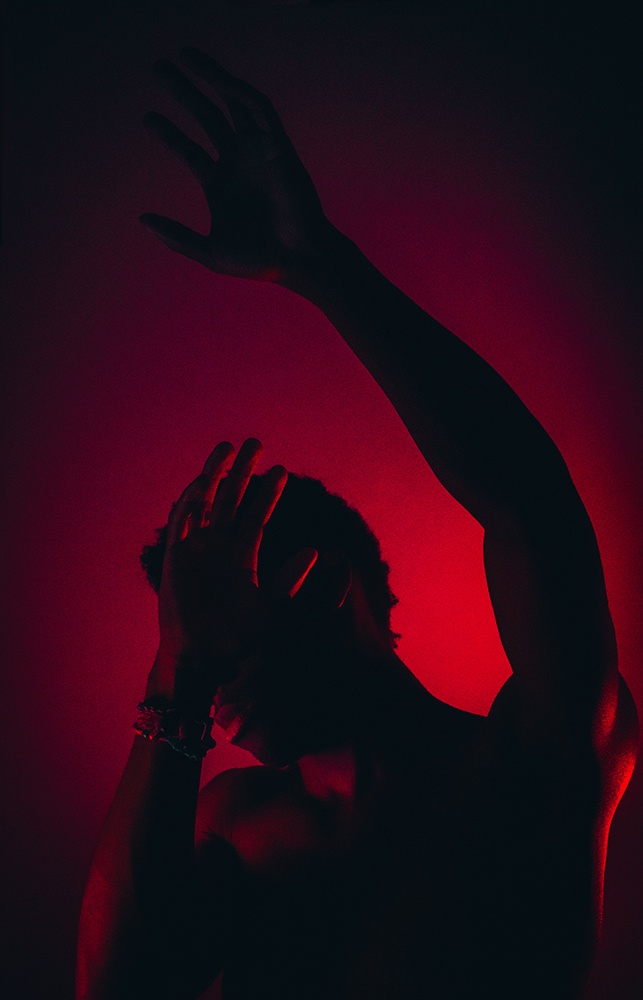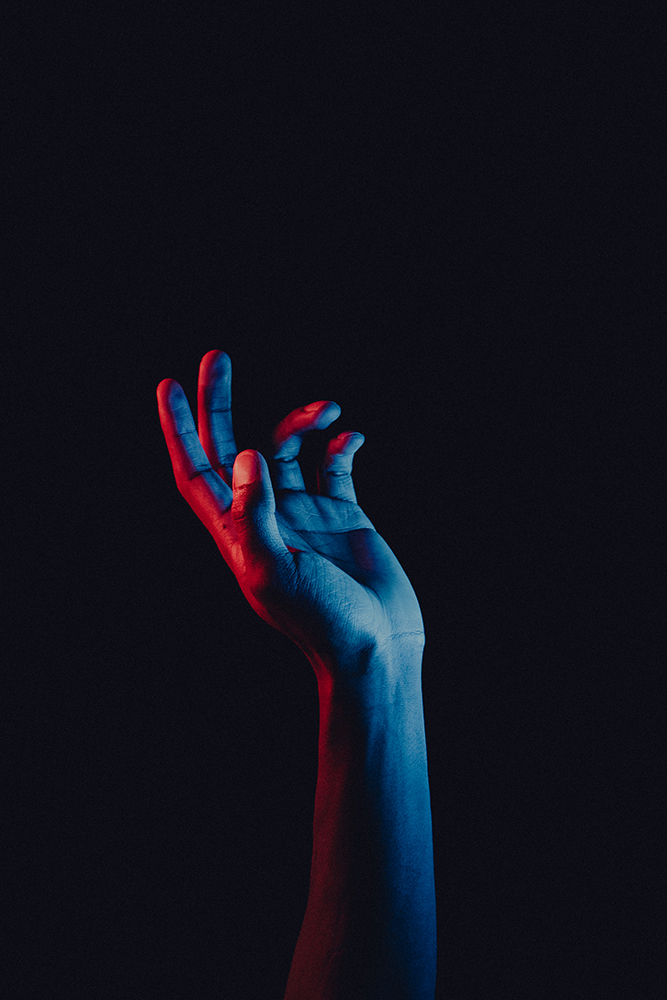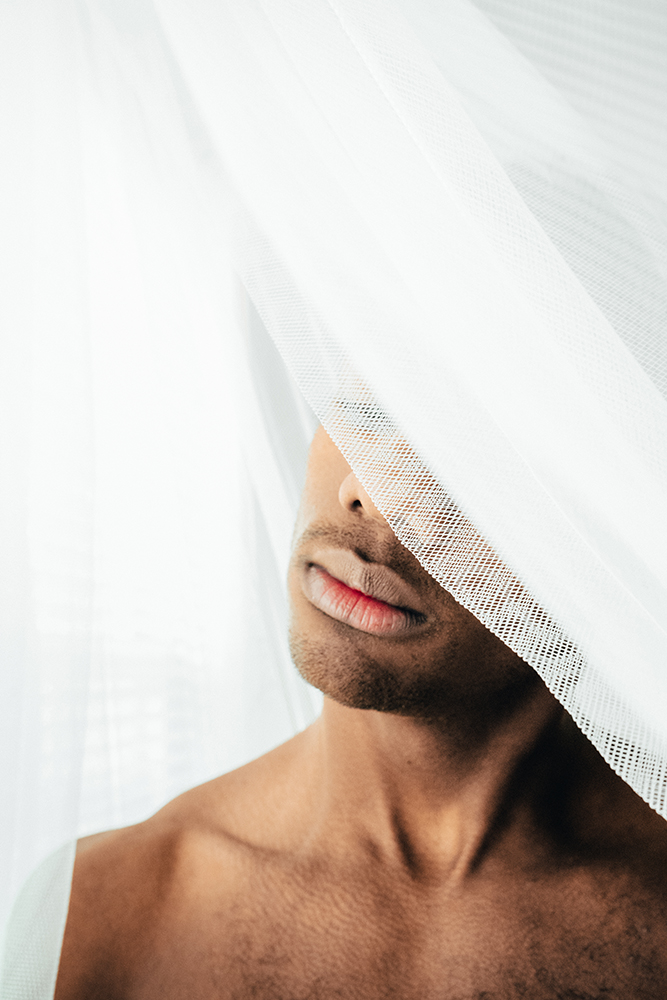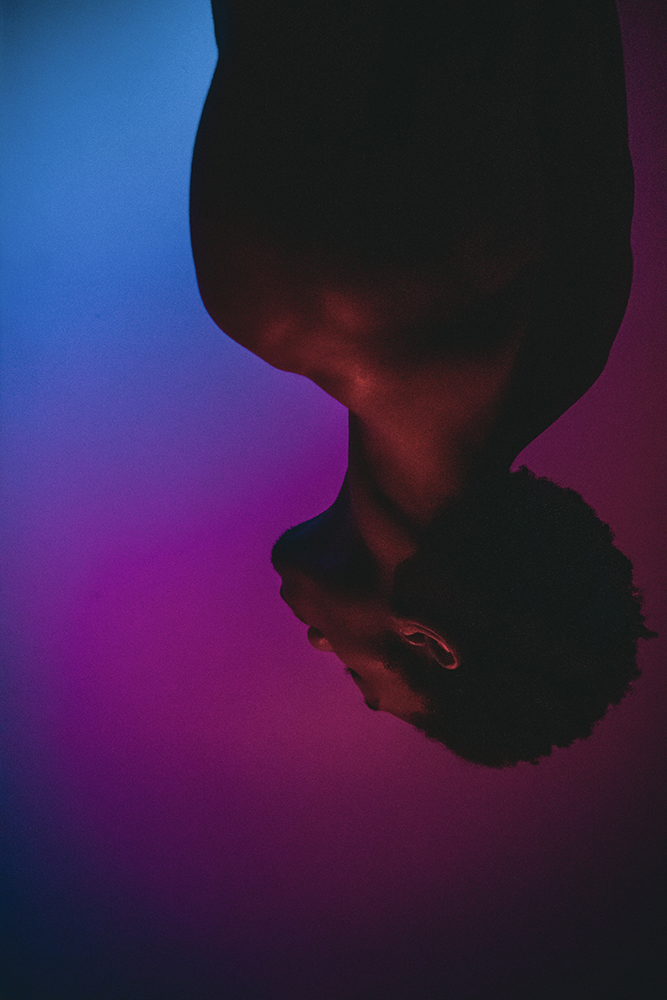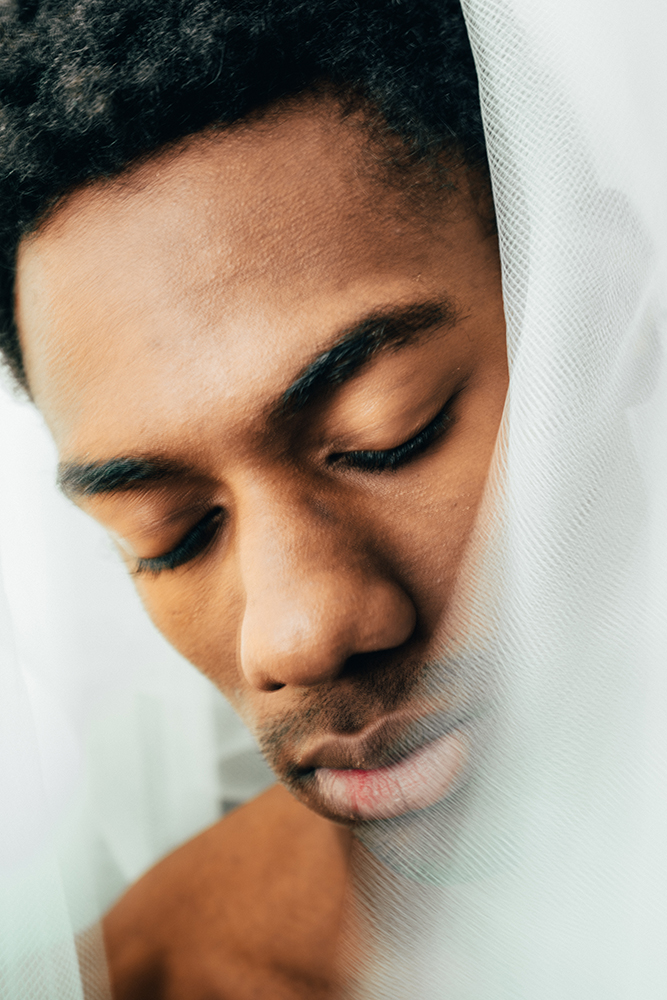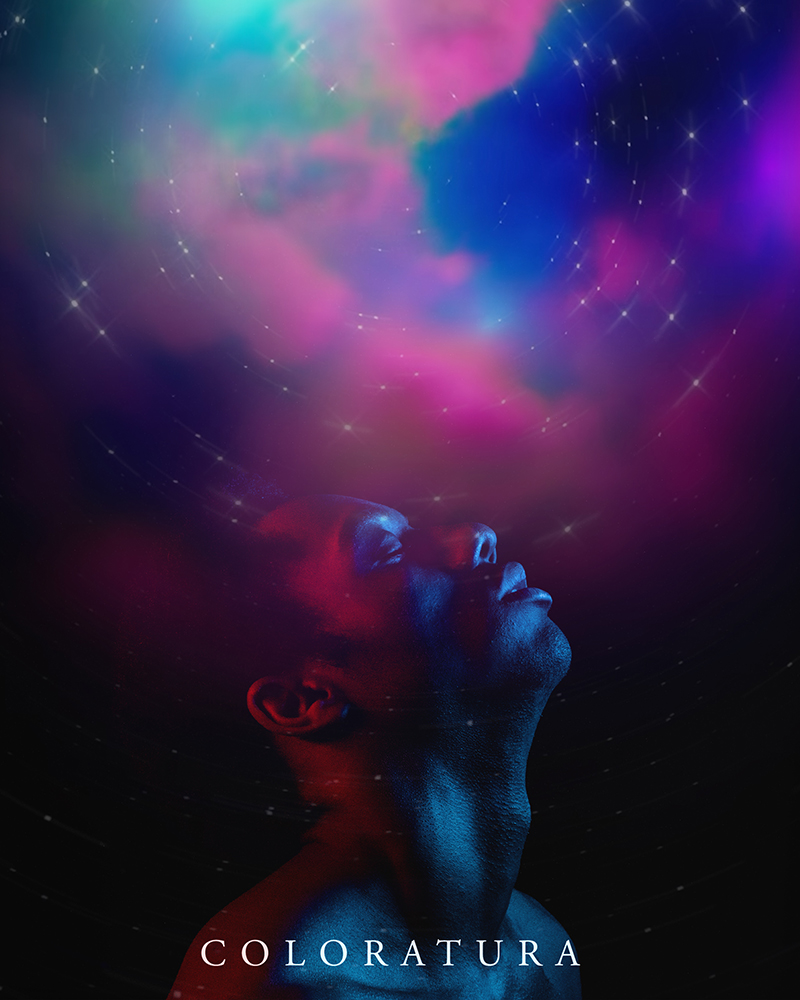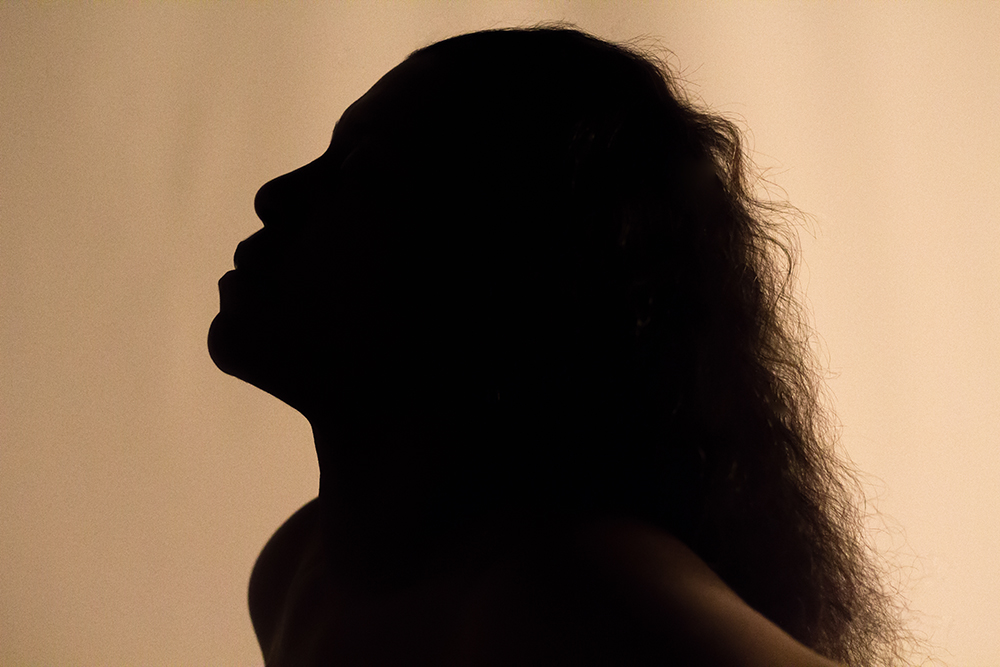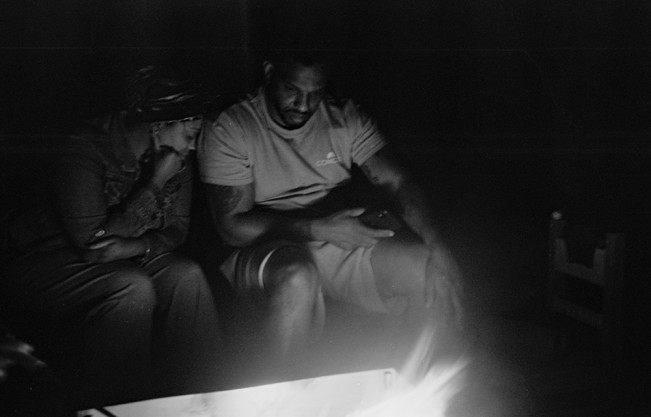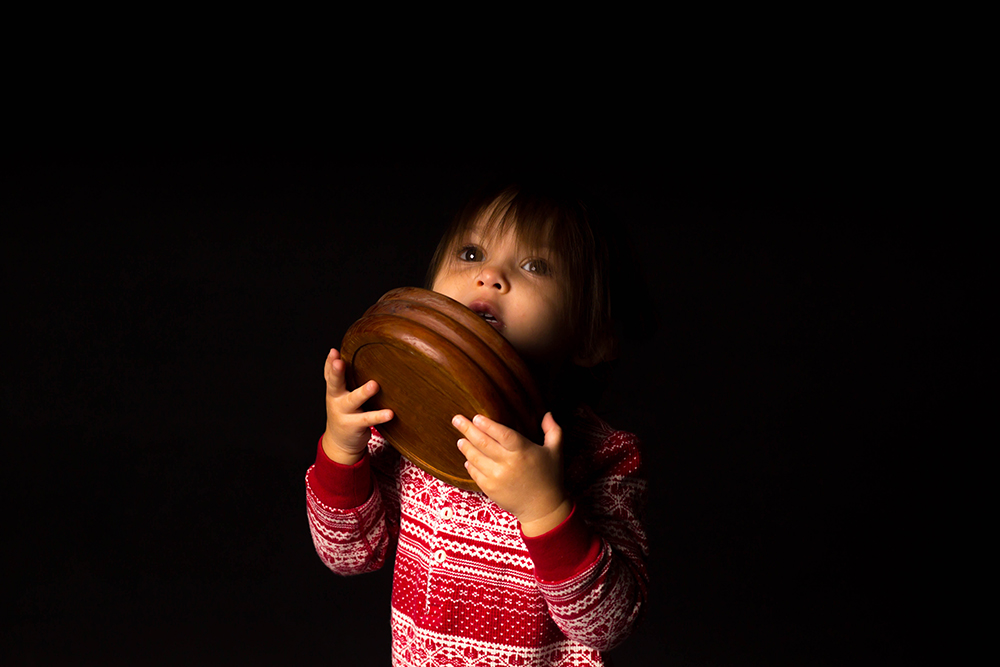Photographers on Photographers: Alex Henderson in Conversation with Malik Davis
We are so grateful to all the photographers who contributed to our Photographers on Photographers effort this month, and to all the artists who shared their insights and journeys. Today and tomorrow we finish with interviews by Alex Henderson, our intern who help craft so many of this month’s conversations. A big thank you to Alex and to all who participated. – Aline Smithson
While searching for a community that I felt comfortable enough to share my work with, I discovered a handful of artists through social media. We shared our full social media scope adding each other on most platforms. Years later, there are only a select few that stuck out to me and showed a passion for photography that is identifiable with my own. Malik Davis is one of the select photographers. We have kept in touch and communicated in passing on social media for about two years. Davis needing to express himself through his craft is refreshing and relatable. As an artist, it’s not always easy to express yourself and release this passionate expression with others. However, Davis does a wonderful job with the execution of his ideas. From self-portraits to Instagram story videos, I was excited to learn more about Davis’ practice and how he finds motivation for his creative directions.
Malik Davis is a self-portrait, landscape, concert, portrait, and wedding photographer based in Indianapolis & Bloomington, Indiana. Davis started photography after years of avoiding the craft. He preferred shooting videos and decided to get in touch with his photo side to show his versatility.
While venturing down the photography path, Davis discovered self-portrait photography! He was never interested in self-portrait photography, until the George Floyd and Black Lives Matter protests. These protests gave him a healthy outlet to express his frustrations about what it’s like to be black in America. He didn’t intend to continue with self-portraits but came across a number of self-portrait photographers on Twitter and Instagram and was obsessed with the different styles that each person had.
Davis decided to experiment with his own style, which involves colored lighting and different overlays. He references each photo to a song lyric or emotion. The true inspiration behind his self-portraits are related to the band, Coldplay, and any artist, photographers included, who are emotionally vulnerable in their craft.
When he is not shooting self-portraits, he is working as a videographer at Indiana University: Kelley School of Business as a media specialist for the Bluecoats Drum & Bugle Corps. and as a freelance videographer & photographer.
Follow him on Instagram: @malikdavisphotos
Alex Henderson: I’ll get right into my questions around your job and what you do. Is your job title considered a media producer?
Malik Davis: I want to say yes. I know that before, my job title was an assistant videographer and one of my coworkers pitched to my boss who pitched to his boss that we should be referred to as learning media producers since we work within the educational video department. When I’m not doing educational stuff, I do freelance by myself.
AH: Cool, cool. Do you attend the same school that you work at?
MD: No, when was 2018? Like 50 years ago or something? I graduated in 2018 at a school in Anderson, IN called Anderson University. I was looking for jobs but I had a job with the Blue Coats which is basically a competitive marching band. I was their videographer for two years on and off between 2019 and this year.
AH: You do Instagram videos and IG stories. How did that start? How did you get the idea to do those and what motivates you to keep doing them?
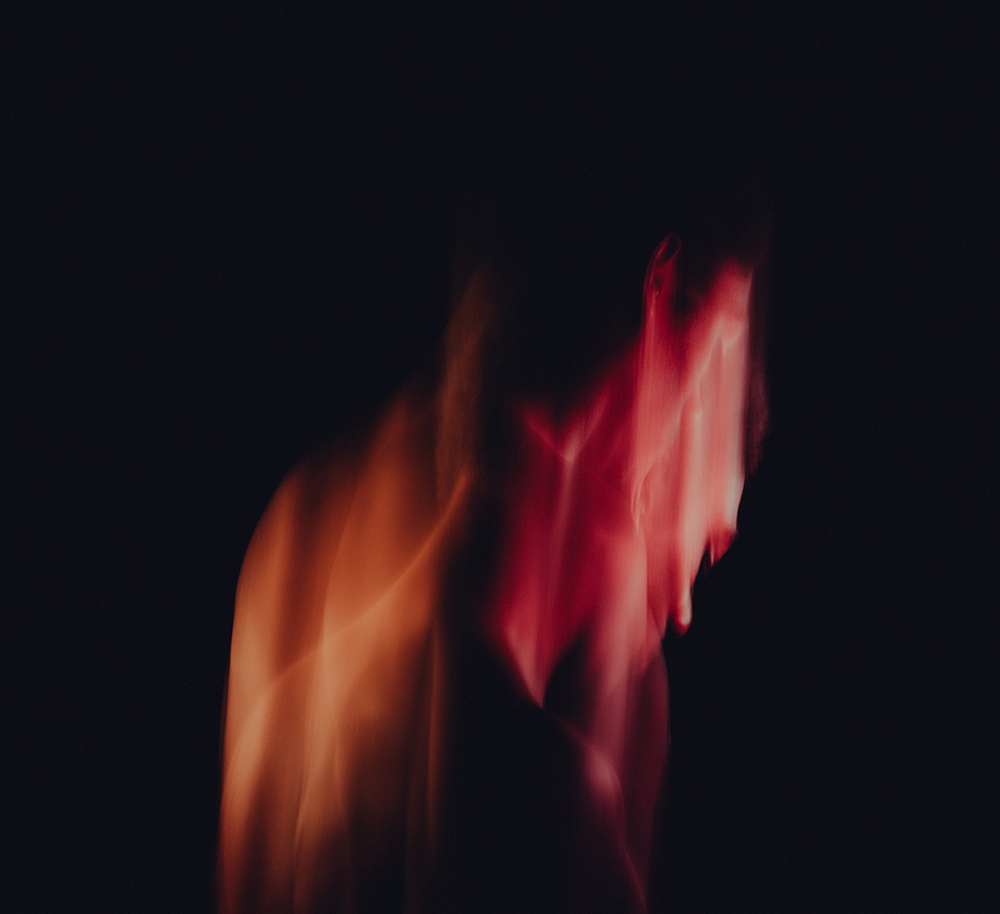
© Malik Davis, Gravity, 2021
MD: The reason why I started doing the Instagram videos was because of my boss. One night around 10:00 o’clock, I think it was some time in winter of 2019, my boss mentioned me in his Instagram story. He had made an Instagram story basically calling me out and challenging me to make an Instagram video. Immediately after watching his video, I was thinking, what can I make? What is something that’s funny that I can make as an Instagram video in response to this?
I think that the very first one that I made was me trying to put up a flag in my room and I was being a fool and I decided to stand on a spinny chair thinking that nothing can go wrong. As I’m recording myself putting this flag up, I tried to get off the chair and I ended up falling and landing on my face. I basically responded by saying “Oh, hey, guys, I make Instagram videos now!” Sometimes they start off with an idea. What can I make that can make someone’s day? An idea that’s short and sweet and gets to the point. Ever since then, they’ve just been a thing. My boss was kind of the reason why I started doing the Instagram videos.
AH: I think I’ve been following you for a year, maybe even two and I’ve seen your insta-stories pop up and I always try to make sure I watch them, even your portraits too! I love your portraits! The reason why I love them, just being completely honest, is because they actually show a black man showing his emotions and I don’t always see that. That’s not always prevalent these days. I think that men in general already don’t show a lot of emotions, but especially black men. Sometimes they feel like they have to be strong and tough or they can’t show their emotions or vulnerability. I really love that. You portray it very well and in a way where you can see the vulnerability, but there’s also still a backbone there.
MD: Wow, thanks!
AH: You’re very welcome. Just know, you’re doing it right! In some of your portraits, you seem to do some of the same poses. Is there a rhyme or reason to the same poses or do you do what feels more comfortable?
MD: At the beginning of this year, I was going through my Instagram grid and noticed that I was doing a lot of the same things. There was a time where I noticed it and I thought maybe I can try something different. I asked this guy named Jay who does a lot of self portraits, “How do you pose yourself? Do you just do what you think feels best?” He said that he asks himself questions. What is your body trying to do in this picture? What are you trying to get across?
When the world shut down during quarantine, I didn’t have access to my work studio so I was at home trying to figure out how I can pose differently than what I’ve been doing.
I was sitting in a little tiny pocket of my bedroom with my camera sitting on a tiny stool with my cell phone light and my laptop thinking how can we make this work? They oddly ended up being the same poses. Sometimes I try to put things in the picture to just spice it up a little bit. It’s the same pose, but we can just add a little seasoning to it. Right? To answer your question, I let my body have an answer.
AH: You’re very welcome. Just know, you’re doing it right! In some of your portraits, you seem to do some of the same poses. Is there a rhyme or reason to the same poses or do you do what feels more comfortable?
MD: At the beginning of this year, I was going through my Instagram grid and noticed that I was doing a lot of the same things. There was a time where I noticed it and I thought maybe I can try something different. I asked this guy named Jay who does a lot of self portraits, “How do you pose yourself? Do you just do what you think feels best?” He said that he asks himself questions. What is your body trying to do in this picture? What are you trying to get across?
When the world shut down during quarantine, I didn’t have access to my work studio so I was at home trying to figure out how I can pose differently than what I’ve been doing. I was sitting in a little tiny pocket of my bedroom with my camera sitting on a tiny stool with my cell phone light and my laptop thinking how can we make this work? They oddly ended up being the same poses. Sometimes I try to put things in the picture to just spice it up a little bit. It’s the same pose, but we can just add a little seasoning to it. Right? To answer your question, I let my body have an answer.
AH: What I hear is that you try not to do the same things. However, it’s almost as if you’re developing your own style. It’s funny because sometimes when I’m on my Instagram feed and I see one of your pictures, based on the colors and style, you’re identifiable. I can scroll and not even look at who posted the photo and I can tell that the post is yours.
MD: My heart, my soul, I’m emotional now. I’m a boy that wears his heart on his sleeve. Sometimes I wonder ‘How can I express myself and my emotions through something in a healthy way? The self portrait became that outlet, I guess.
AH: Is there any significance to the colors that you use? It seems like you work with color a lot.
MD: I haven’t really thought about the colors. I’m obsessed with the color blue and recently, the color purple has kind of been incorporated more. I didn’t really process that colors had significant meanings until someone brought it up. Someone pointed out that one color signifies one thing and two colors put together mean something else. I thought that I was just making art.
AH: It’s interesting how you weren’t thinking about the colors that you were using and why you were using them. If you were to get technical, would you say that they could have represented how you were feeling at the time when you actually created these photographs or used these colors?
MD: I would say yes. I heard from one of my friends, who is non-binary, that the use of blue and purple represents people who are within the bisexual community. I didn’t know that though. I wanted to see what colors looked cool together.
AH: Can you tell me a little bit about your creative process and what that looks like.
MD: Well, my creative process most of the time starts with a song. I’ve been on a Weeknd kick lately. I was obsessed with his ‘After Hours’ album aesthetic. Usually when I come up with an idea, there’s a song that’s in my head and I’ll try to write it down before it goes away. My ideas come at 1:00 and 2:00 o’clock in the morning when you’re supposed to be in bed. When I’m trying to fall asleep, my brain is active with an idea.
AH: Would you say that your workflow is similar with both photography and videography or does it differ?
MD: Honestly, I think they’re the same. My first love was videos but the workflow for both of them is the same.
AH: What’s your favorite piece of photography gear that you own?
MD: My favorite camera, I would say my Sony A73. It’s my son. Lens-wise, I would have to say either the 85mm or the 50mm. That’s a tough one. I like the depth of field with the 85mm though.
AH: Do you think that you fit into one style of photography or videography?
MD: I want to say no, no because I always ask myself, how can we make this photo or video better? How can we make this next one better than the last one we did?
AH: So just always trying to push yourself so that you don’t fit into one style of photography?
MD: Basically me competing against myself if that makes sense.
AH: Yes, I love it! Cool! Are you familiar with Afrofuturism?
MD: I am not, I’m going to have to write that down and look it up.
AH: So, the first time that I heard about it, my mentor actually told me about it. I really feel that some of your work can be identified with Afrofuturism. These emotional photos, I think really speak to Afrofuturism. Is there a connection between your use of geometric shapes?
MD: Really no, because the first time I saw an example of the use of it, it was a circle around their face and I didn’t know how to do that in Photoshop so I put a half circle around my face and I was like how can I make a geometric picture with a shape in it different than a circle? I posted one in black and white that had triangles.
AH: Yes, I remember that one! Well, that’s all of the questions that I had for this time. Again, thank you so much for this!
MD: No problem!
Alex Henderson is a documentary and portrait photographer currently based out of Jacksonville, Florida. She is a student at the University of North Florida studying photography with a concentration in black & white and color film photography. She has worked alongside artists Jaleel Campbell and Cristian Kaigler on their project, ‘Feel That Funk’, in 2018.
Her work involves filling comfortable and familiar spaces with different narratives and viewpoints that show perspectives that can often be overlooked and easily taken for granted. Henderson is a mental health advocate whose work ties emotional awareness with visual documentation of self progress. Through engagement with her personal community, Henderson works to assist in creating a better version of others through self work, self expression and visual representation. She encourages her community to value their own happiness, truths and selves through personal acceptance. She captures moments shared within everyday life as documentation of growth and overcoming triumphs. Her current work is rooted in documenting her interactions and time spent with family and friends.
Follow her on Instagram: @alley.raw
Posts on Lenscratch may not be reproduced without the permission of the Lenscratch staff and the photographer.
Recommended
-
Salua Ares: Absense as FormNovember 29th, 2025
-
Ricardo Miguel Hernández: When the memory turns to dust and Beyond PainNovember 28th, 2025
-
Pamela Landau Connolly: Columbus DriveNovember 26th, 2025
-
KELIY ANDERSON-STALEY: Wilderness No longer at the Edge of ThingsNovember 19th, 2025
-
Jackie Mulder: Thought TrailsNovember 18th, 2025


